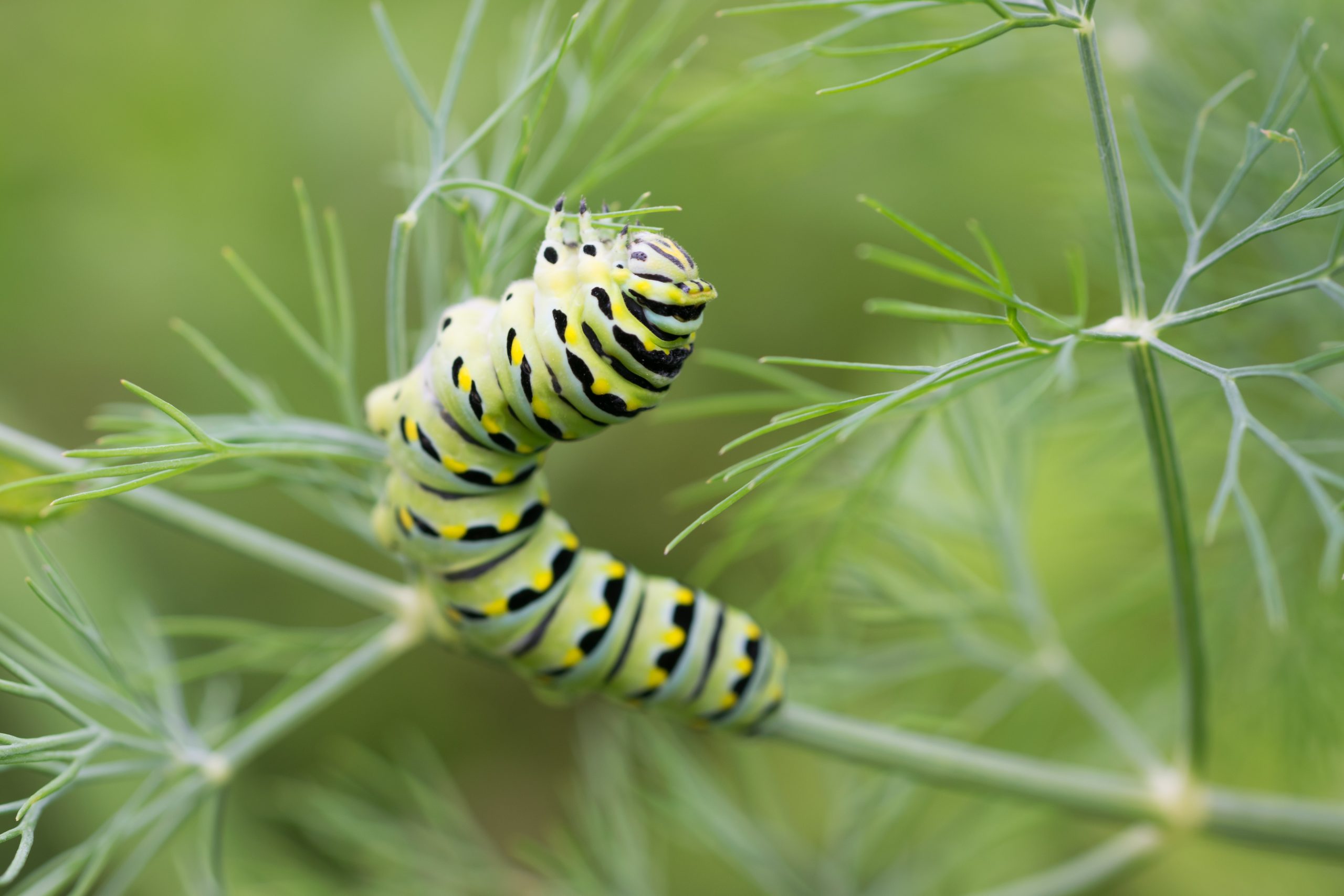
Creepy Crawlies to Colorful Wings Decoding Caterpillar Mysteries
admin
- 0
Welcome to the enchanting world of caterpillars, where creepy crawlies transform into stunning winged wonders! These fascinating creatures have captivated our imaginations for centuries with their incredible metamorphosis from a lowly caterpillar to a majestic butterfly. But did you know that these little critters play a vital role in our ecosystem? In this blog post, we will unravel the mysteries of caterpillars and explore their importance in nature’s intricate web. So grab your magnifying glass and get ready for an exciting journey through the secret lives of these colorful insects!
The Importance of Caterpillars in the Ecosystem
Caterpillars may seem like small and insignificant creatures, but they play a crucial role in maintaining the balance of our ecosystem. As herbivores, caterpillars primarily feed on plants, which helps to control plant populations and prevent overgrowth. This is especially important in areas where certain plant species can become invasive and outcompete native plants.
But it’s not just about eating! Caterpillars also serve as a vital food source for many other animals higher up the food chain. Birds, reptiles, amphibians, and even mammals rely on caterpillars as an essential part of their diet. Without these fuzzy little creatures, many animal species would struggle to find enough food to survive.
Furthermore, caterpillars have an incredible relationship with flowering plants. They are often responsible for pollinating flowers as they move from one blossom to another in search of nectar or leaves to munch on. This mutualistic interaction ensures that both the caterpillar and the plant benefit from their symbiotic partnership.
Tips for Observing and Attracting Butterflies and Caterpillars
Create a butterfly-friendly garden Plant nectar-rich flowers such as lavender, milkweed, and coneflowers to attract adult butterflies. Incorporate host plants like parsley, dill, or passionflower for caterpillar parts supplier trinidad to lay their eggs on.
Provide water sources Butterflies need puddles of water for drinking and obtaining minerals. Place shallow dishes filled with water in your garden or create small mud patches where they can gather moisture.
Add sunning spots Butterflies love basking in the sun to warm their bodies and dry their wings. Include flat stones or logs in sunny areas of your garden for them to rest on.
Avoid pesticides Chemical insecticides can harm not only pests but also beneficial insects like butterflies and caterpillars. Opt for organic pest control methods instead.
Interesting Facts About Caterpillars
Diversity Did you know that there are over 180,000 known species of caterpillars worldwide? Each one is unique in its appearance, behavior, and diet. From tiny inchworms to large swallowtail larvae, the world of caterpillars is incredibly diverse.
Protective Measures Some caterpillars have developed clever ways to protect themselves from predators. They may sport spiky hairs or even mimic bird droppings to deter would-be attackers. Others use bright colors as a warning sign that they are toxic or unpleasant-tasting.
Growth Spurts Caterpillars experience rapid growth during their larval stage. Some species can increase their weight by up to 1,000 times in just a couple of weeks! This remarkable growth allows them to store energy for their transformation into butterflies or moths.


